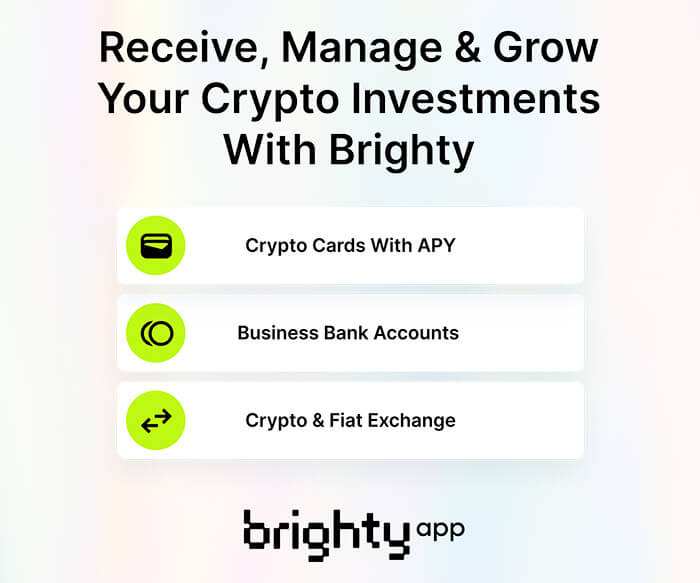

The following is a guest post from Vincent Maliepaard, Marketing Director at IntoTheBlock.
DeFi is driving one of the most aggressive waves of innovation in decades. Although some may think it is an established industry, DeFi continues to evolve rapidly, continually introducing tools that have the potential to redefine traditional finance. Here’s a look at some of the most promising advancements in DeFi and the protocols at the forefront of this transformation.
1. Performance of AMM protocols
Yield Automated Market Makers (AMM) introduce revolutionary ways to manage and trade yields. Protocols like Pendle Finance separating the return generated by an asset from its principal value, giving investors the ability to speculate or hedge against future return without selling the underlying asset.
This opens the door to new trading strategies and reshapes the way investors manage interest rate exposure, bringing more flexibility and liquidity to fixed income portfolios. Yield AMMs are at the forefront of maximizing capital efficiency, unlocking risk-adjusted returns that were previously out of reach in traditional finance.
2. Yield aggregators and sampling protocols
As DeFi becomes more sophisticated, yield aggregators are becoming crucial tools for maximizing returns while minimizing complexity. Platforms like Year Finance automate yield optimization by finding the best opportunities across different protocols, reducing the need for users to manually manage multiple positions.
On the abstraction side, new protocols make it easier for participants to interact with DeFi systems without the need for deep technical knowledge. Together, these tools break down barriers to entry, making DeFi more intuitive and accessible to both casual users and institutional players looking for efficient and practical solutions.
3. Derivatives DEX with integrated borrowing and lending markets
Derivatives trading in DeFi is gaining momentum, thanks to the integration of borrowing and lending services directly into decentralized exchanges (DEX). Platforms like dYdX And Synthetix are pioneers in this approach, allowing traders to leverage borrowed assets to trade derivatives or hedge their positions.
This creates a seamless experience for sophisticated traders looking for advanced risk management and capital efficiency. With perpetual contracts and synthetic assets available, these platforms lay the foundation for greater liquidity and more complex trading strategies in DeFi, especially as institutional interest in decentralized markets increases.
4. Flash Loan Vaults and One-Click Closure
Flash loans are one of DeFi’s most unique features, allowing users to borrow large sums of money without collateral, provided the loan is repaid in the same transaction. The next evolution in this area is flash loan vaults, which allow complex strategies such as “looping” (repeated borrowing and lending) to be executed with just one click.
What once required technical expertise is now accessible to everyone, making advanced financial strategies more accessible. IntoTheBlock and some yield aggregators are currently implementing structures like this in their vaults, but public-facing applications are still in their early stages.
5. Tokenization of Real World Assets (RWA)
DeFi’s influence extends beyond blockchain, as real-world assets (RWA) such as real estate, commodities, and stocks are tokenized. Projects like Ondo Finance and institutional initiatives such as BlackRock BUIDL Fund are leading the charge, introducing these traditionally illiquid assets into the DeFi ecosystem.
Tokenizing RWAs unlocks liquidity in previously hard-to-access markets, providing new collateral options for DeFi lending and expanding the reach of decentralized finance. This trend blurs the lines between traditional finance and DeFi, attracting institutional capital and expanding the potential of decentralized markets.
6. Protocol-based credit systems
DeFi is rewriting the rules of credit with protocol-based systems that assess creditworthiness using blockchain-native data such as transaction history, staking behavior, and governance participation. This decentralized approach provides a more inclusive credit market, expanding access to individuals and businesses that traditional financial institutions might overlook.
By bypassing centralized banks and legacy credit scoring systems, DeFi will democratize access to capital and create new lending and borrowing opportunities for a global audience.
Although no established protocols currently provide fully realized solutions in this area, it is only a matter of time before the first significant applications emerge in DeFi.
7. Financing of trade and receivables
DeFi is beginning to transform global commerce by providing businesses with faster access to liquidity through trade and receivables financing. By tokenizing invoices and using them as collateral for loans, businesses can access capital more quickly, especially in industries with long payment cycles. Goldfinch is an example of a DeFi protocol enabling decentralized lending to real-world businesses by connecting DeFi capital with traditional receivables financing.
This innovation offers a real alternative to conventional bank loans, democratizing access to trade finance and opening new liquidity channels for global trade.
8. Fractionalization of intellectual property (IP)
Tokenization of intellectual property (IP) assets is an emerging trend with significant potential in DeFi. By splitting ownership of patents, trademarks, and copyrights, companies can create new markets for intellectual property-backed tokens, allowing investors to buy and sell shares of these valuable assets. VitaDAO is an early pioneer in this field, focusing on collective ownership and tokenization of biomedical intellectual property, particularly in longevity research.
This approach not only provides new funding avenues for research, but also opens up IP investment to a wider audience, making IP assets more liquid and accessible.
The Future of Financial Innovation in DeFi
DeFi’s innovation cycle shows no signs of slowing down. With the tokenization of real-world assets, streamlined yield strategies, and reimagining of credit systems, DeFi is poised to fundamentally alter the financial landscape.
These trends are not only driving growth, but also attracting greater institutional involvement and bridging the gap between traditional finance and decentralized ecosystems.
As these innovations come to fruition, DeFi will continue to push the boundaries of what is possible, opening new markets, reshaping capital flows, and redefining finance as we know it.
This article is based on The latest research paper from IntoTheBlock on the future of institutional DeFi.




